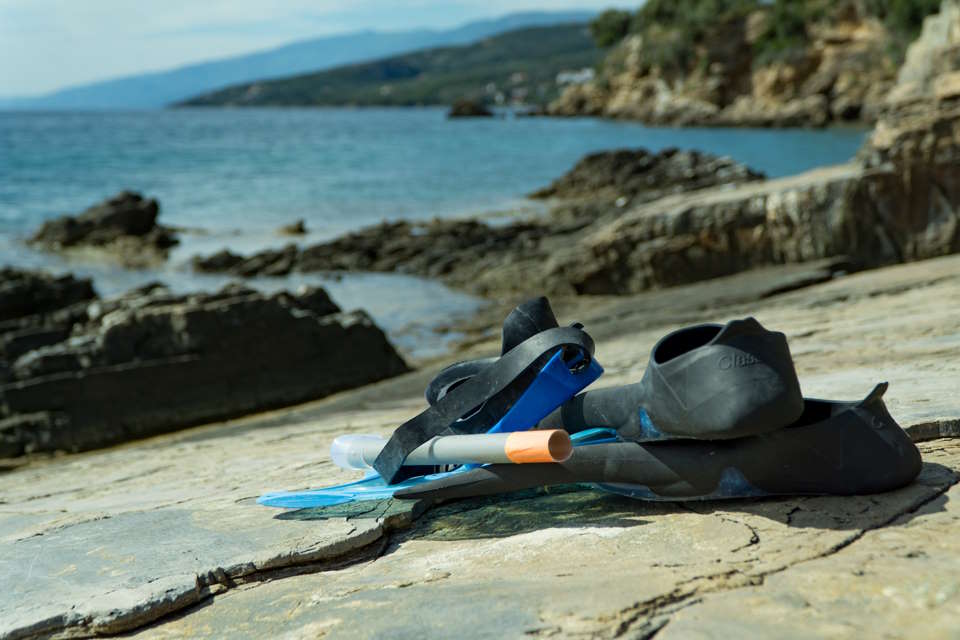Do you dream of exploring the world beneath the waters? Snorkeling can be an amazing experience that allows you to see life underwater in a whole new way. However, if you’re not a confident swimmer, you might be wondering if you can still snorkel. The good news is that you don’t need to be an Olympic swimmer to snorkel. Even beginners can enjoy this activity with a little bit of guidance. We will answer some of the common questions related to snorkeling, such as whether you need to know how to swim, how to breathe while snorkeling, and how to not sink while in the water. So, let’s dive in and explore the world of snorkeling!
Introduction
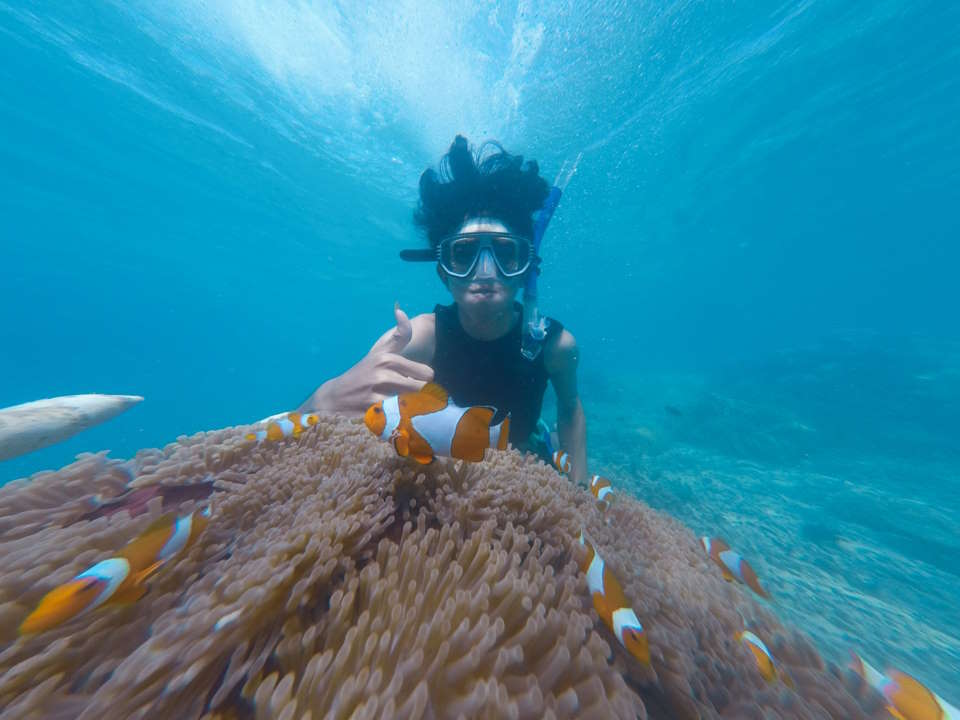
Are you planning to go snorkeling but worrying about your swimming skills? If yes, you’re not alone. We receive lots of queries about whether one should know how to swim before trying snorkeling. So let’s answer your question today – Do you need to know how to swim to snorkel?
The answer is not straightforward! However, it’s preferable to have basic swimming skills before attempting snorkeling. Snorkeling involves swimming in open water and requires a certain level of physical fitness and comfort in the water. You must be able to move around without panicking or feeling out of breath.
Remember, snorkeling is not a substitute for swimming! Snorkeling involves floating on the surface of the water and looking underwater. It doesn’t require any particular swimming strokes, but you must be able to keep your head above the water consistently. You must also be comfortable with using fins to propel yourself forward and have good control over your breathing.
If you’re not confident about your swimming skills, it’s best to take swimming lessons before attempting snorkeling. You can start with some simple swimming exercises and gradually build up your skills.
However, if you’re still keen on snorkeling, there are some measures you can take to ensure your safety. You can use a life jacket or a snorkeling vest to keep yourself afloat in the water. This will allow you to participate in the activity while minimizing the risk of drowning.

- It’s best to have basic swimming skills before attempting snorkeling.
- Snorkeling involves floating on the surface of the water and looking underwater.
- Snorkeling is not a substitute for swimming.
- You can use a life jacket or a snorkeling vest to keep yourself afloat in the water if you’re not confident about your swimming skills.
| Tip | Description |
|---|---|
| Use a snorkeling vest | A snorkeling vest will keep you afloat in the water and minimize the risk of drowning. |
| Take swimming lessons | If you’re not confident about your swimming skills, taking swimming lessons will help you build up your skills. |
| Go snorkeling with an instructor | An instructor will guide you through the activity and ensure your safety. |
How Do You Snorkel Without Knowing How to Swim?
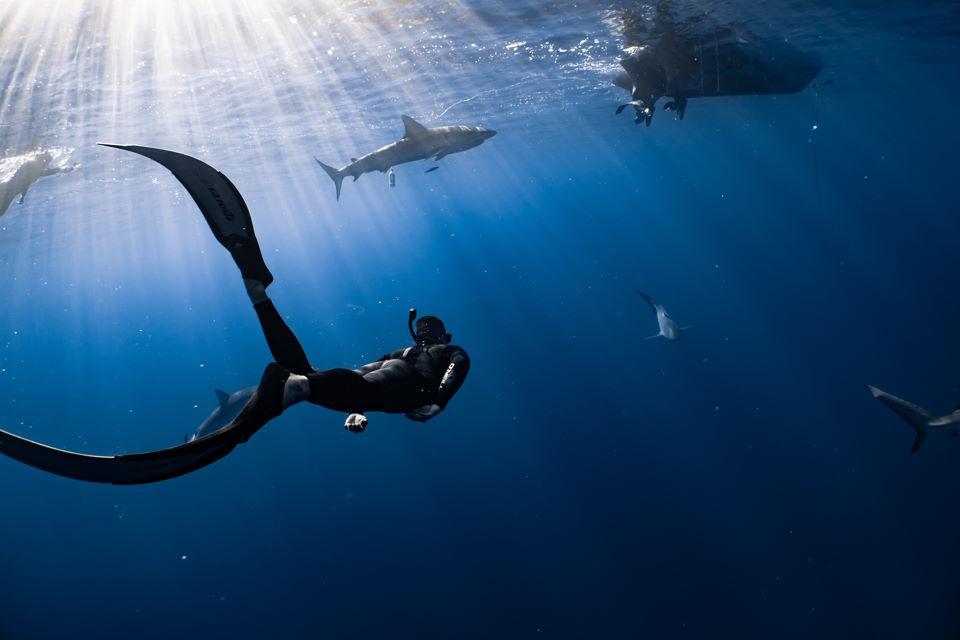
Snorkeling is an enjoyable activity that enables you to explore the underwater world without having to go scuba diving. However, some individuals might be hesitant to try snorkeling because they do not know how to swim. Snorkeling without swimming experience is entirely feasible for most people.
If you don’t know how to swim, snorkeling may be intimidating at first. However, with proper equipment and basic knowledge of techniques, you can participate fully. It is essential to choose a reputable tour guide or snorkel in a shallow, calm lagoon. A flotation device, such as a life vest or snorkel flotation belt, is necessary for non-swimmers.
- Make sure that your mask fits correctly. Snorkel masks come in various sizes, and it is crucial to find one that suits your face properly to keep water from entering.
- Put the mask on and practice breathing through the tube while keeping your head above water. You can also use a pool noodle or a float to keep yourself afloat.
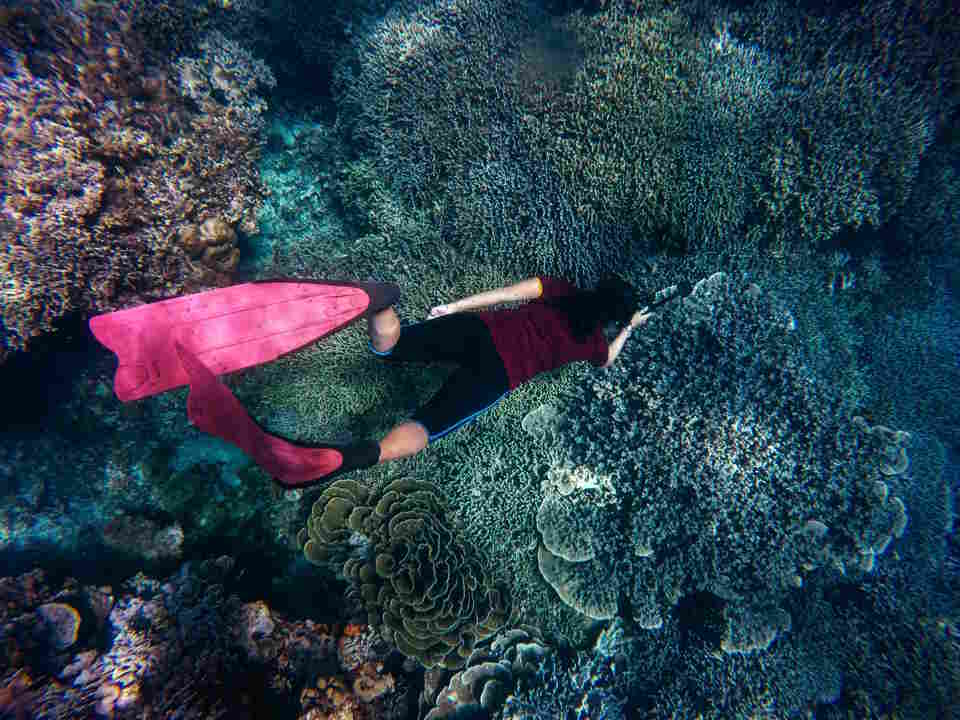
Slowly submerge your head into the water while taking deep breaths through the snorkel. You should be able to see underwater once the mask and snorkel are in place. Practice breathing to become comfortable with using the snorkel. If you’re uncomfortable, keep your head above water and try again later.
| Techniques to try: | Benefits: |
|---|---|
| Use your fins to move forward. | It helps conserve energy and swim through the water more efficiently. |
| Use a modified breaststroke to stay afloat. | A breaststroke is a simple swimming technique that most people can do with minimal coaching. |
| Keep your head above the water. | If you are not comfortable keeping your head underwater or have trouble equalizing air pressure, you can still enjoy snorkeling by keeping your head above water. |
Snorkeling without swimming experience is not only possible but also safe. Snorkelers should follow the necessary safety measures and start in shallow water. Always remain calm and conserve your energy. Snorkeling is a fun activity, and everyone should give it a try, regardless of their swimming ability.
Can a Beginner Snorkel?
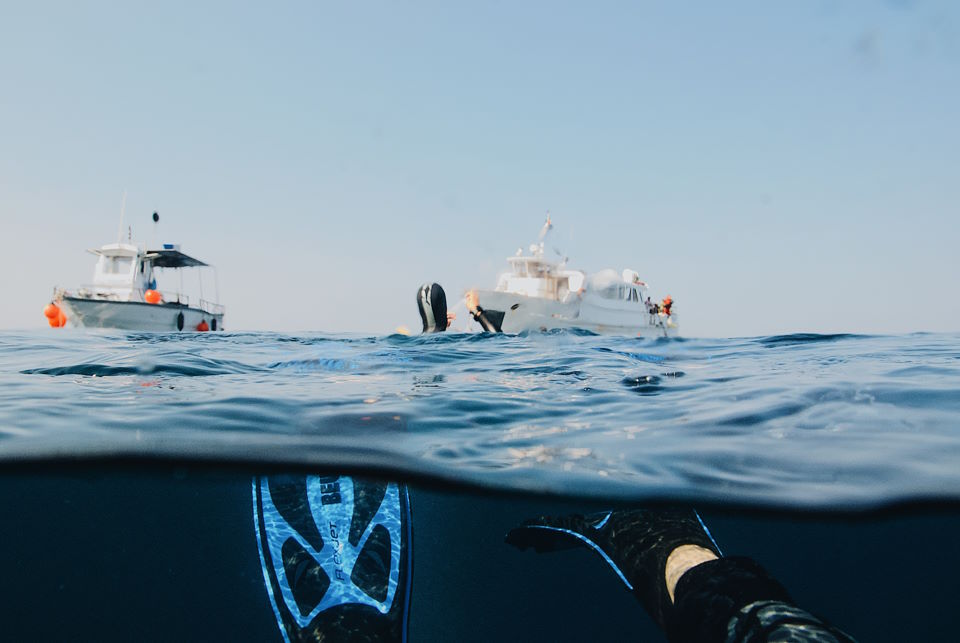
Snorkeling is a fun-filled underwater adventure that many people enjoy. It involves swimming on the surface of the water with a snorkel mask and breathing tube that connects to your mouth. While it’s a thrilling activity, many people wonder, “Can a beginner snorkel?” The answer is YES!
Snorkeling is a beginner-friendly activity, and anyone can try it out regardless of their swimming skills. However, it’s important to take precautionary measures when snorkeling to ensure your safety in the water.
- First, it’s essential to wear the appropriate snorkeling gear, including the mask, snorkel, and fins. Ensure that they fit comfortably and are not too tight or too loose.
- Also, it’s crucial to snorkel in a safe environment, such as a designated snorkeling area or a calm sea with no strong currents.
- Before setting out to snorkel, it’s best to do some practice sessions in a shallow area to get comfortable with the gear and breathing techniques.
Additionally, you can go on a guided snorkeling tour as a beginner to get the hang of it. The guides will provide you with relevant information and tips for a safe and enjoyable snorkeling experience. As a beginner, it’s essential to take your time and be patient with yourself. Snorkeling is not a race, so avoid rushing and take your time to enjoy the breathtaking underwater scenery.
Can You Snorkel Without Training?
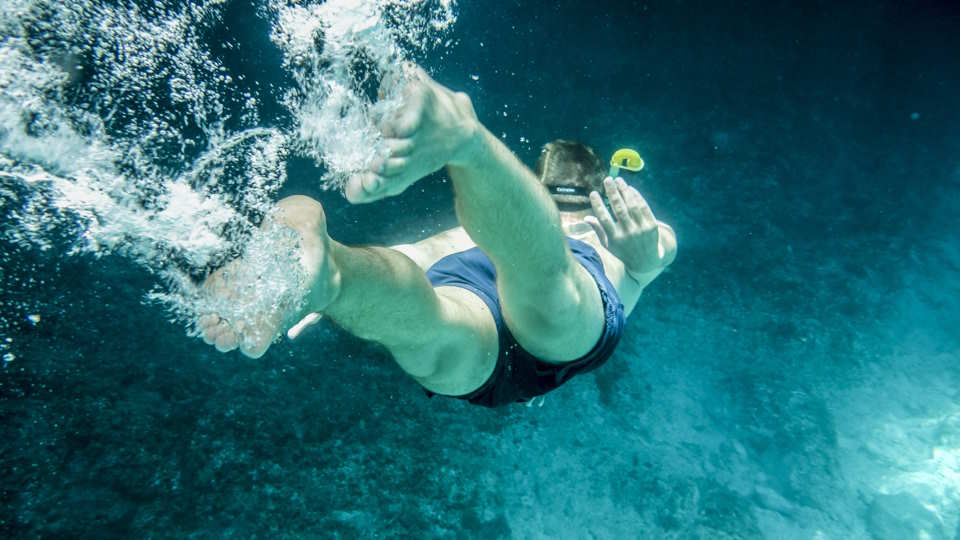
Snorkeling is often considered as a fun activity that can be enjoyed by people of all ages. Whether you want to explore the underwater world or simply enjoy the feeling of floating on the water’s surface, snorkeling can be a great way to get outdoors, enjoy some physical activity and get in touch with nature. But, the question often arises, can you snorkel without any training?
- Firstly, it’s important to note that snorkeling is a very safe activity, but that doesn’t mean that there aren’t risks involved.
- It’s recommended that you have at least some sort of training before you go snorkeling.
- This could be in the form of taking a snorkeling class, practicing in a pool, or simply having someone experienced teach you the basics.
Snorkeling without any training is possible, but it comes with risks. The first thing to consider is whether you’re comfortable being in the water. If you’re not comfortable in the water or are unable to swim, then snorkeling may not be for you.

- If you decide to go snorkeling without any training, make sure you take it slow and stay close to the shore.
- Always snorkel with a buddy and keep an eye on each other as you swim.
- It’s important to remember that snorkeling is not a race or a competitive sport, so take your time and enjoy the scenery.
- Before you start snorkeling, make sure you learn how to use your equipment properly.
- Practice breathing through the snorkel and getting a good seal around your mouth and nose.
| Pros of taking a snorkeling class: | Cons of not taking a snorkeling class: |
|---|---|
| Learn proper techniques | Risk of injury or accidents |
| Gain confidence in the water | No guidance |
| Receive guidance from a certified instructor | Misuse of equipment |
| Learns about safety precautions | Lack of understanding of potential dangers |
How Do You Breathe When Snorkeling?
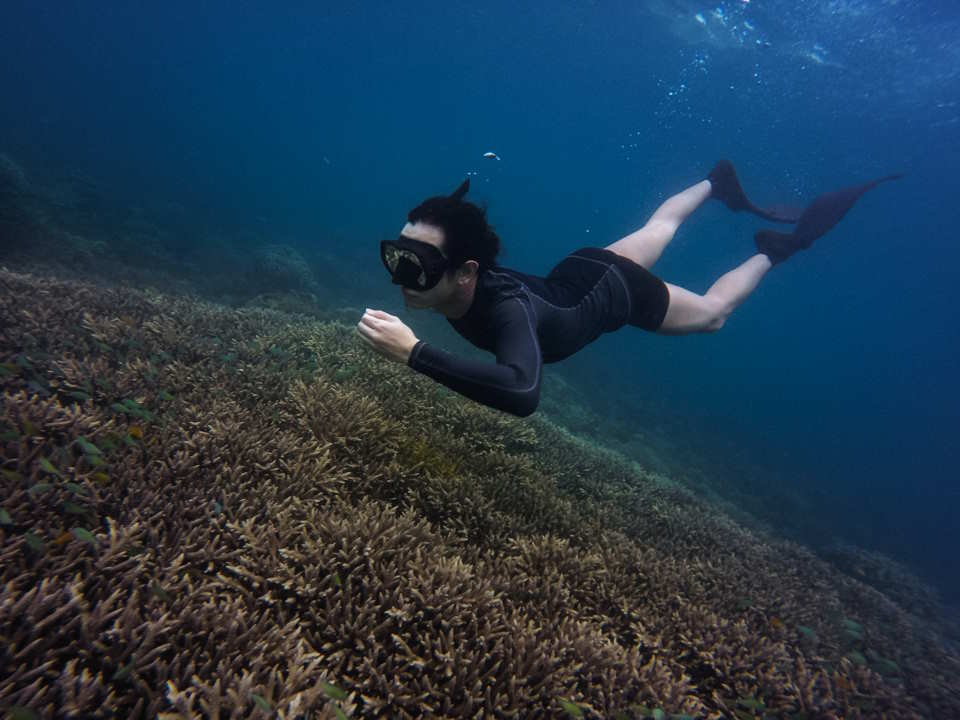
When it comes to snorkeling, one big concern for beginners is how to breathe properly while underwater. Breathing may seem natural, but it can become complicated when you’re wearing a snorkel mask and tube. The good news is, breathing while snorkeling is easy once you get the hang of it.
The first thing to keep in mind is to relax. Being tense will only make you breathe faster and shallower. When in a snorkeling position, take a moment to calm yourself and breathe normally. Once you’re ready to start your underwater adventure, place the snorkel in your mouth and place the mask firmly on your face.
- Make sure the snorkel is properly positioned in your mouth and that your lips form a tight seal around it.
- Take a deep breath through your mouth and fill your lungs with air. Hold the breath for a few seconds and then exhale slowly through the snorkel to clear it of any water.
- Start breathing normally through the snorkel tube. You will feel the air coming in through the top of the tube and out through the bottom. Remember to breathe slowly and deeply.
While snorkeling, be mindful of the water depth and your own physical limitations. It’s important to always snorkel with a buddy and to follow the rules set by your tour operator. By mastering the art of breathing while snorkeling, you’ll be able to have a more enjoyable and relaxing experience underwater.
What Is the Rule for Snorkeling?
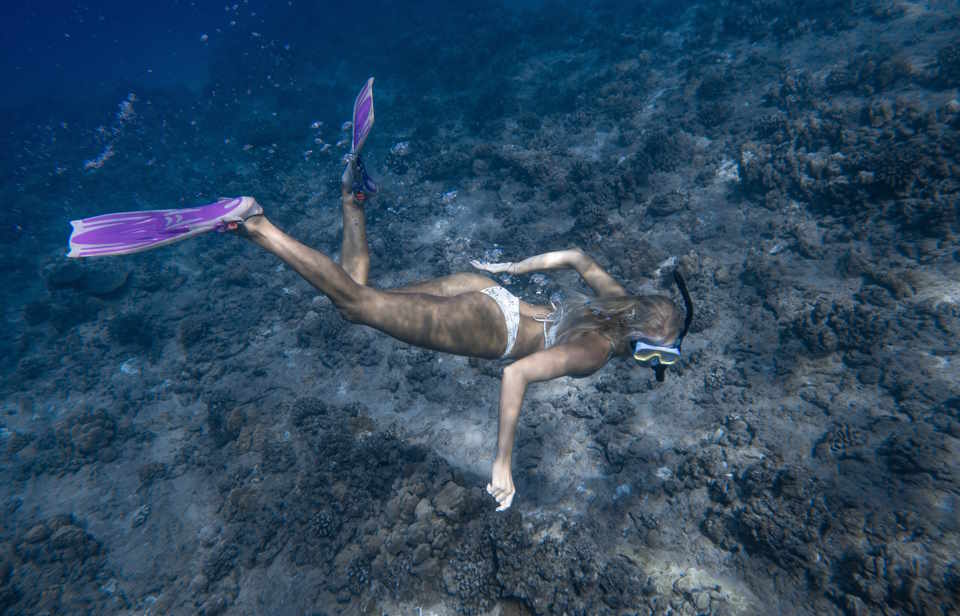
Snorkeling is one of the most serene and awe-inspiring ways to experience the underwater world, and it is something that everyone can do with a little bit of preparation. One important aspect of snorkeling is understanding the rules that govern it to ensure that you are both safe and respectful to the environment you are exploring.
One simple rule to keep in mind while snorkeling is to never touch any marine life or coral. While the creatures you encounter may appear harmless, they are often very delicate. A simple touch or even an accidental brushing against their surroundings could cause lasting damage or illness. Similarly, try not to disturb the environment as you move through it. Avoid stirring up sand or kicking up sediment, as this can harm the creatures that call it home and make it difficult for other snorkelers to see clearly.
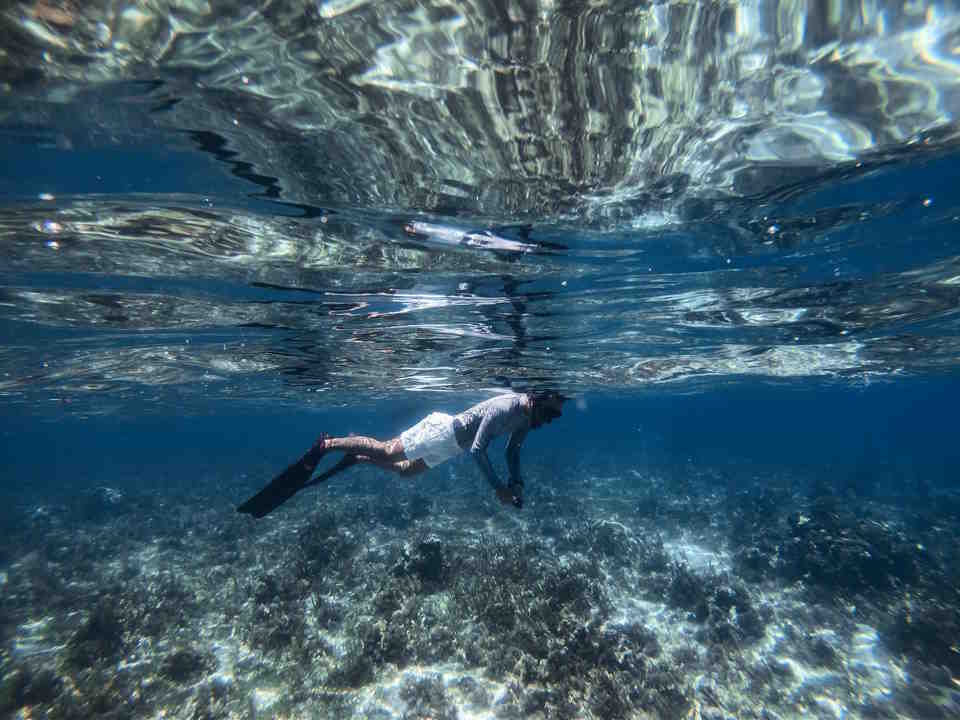
- Another key rule is to always snorkel with a buddy. Venturing into the water alone can be dangerous, as injuries or accidents could occur without anyone around to help. With a buddy, you can keep an eye out for one another, share equipment if needed, and have someone to communicate with in the case of an emergency.
- Additionally, it is important to plan your snorkeling excursions in areas that are safe and designated for snorkeling. Many beaches and reefs have clearly marked areas where snorkeling is allowed and areas where it is prohibited. Stick to the designated areas to ensure your safety and help protect the environment.
- Finally, make sure you are properly equipped for your snorkeling adventure. A good set of fins, a mask, and a snorkel are essential. Fins help you to move more efficiently through the water, while a mask and snorkel allow you to see and breathe underwater. Check that your equipment fits properly and practice using it before setting out.
By following these simple rules, you can ensure that your snorkeling experience is safe, respectful, and enjoyable for all involved. Take the time to prepare and plan, and you are sure to have an unforgettable underwater adventure.

